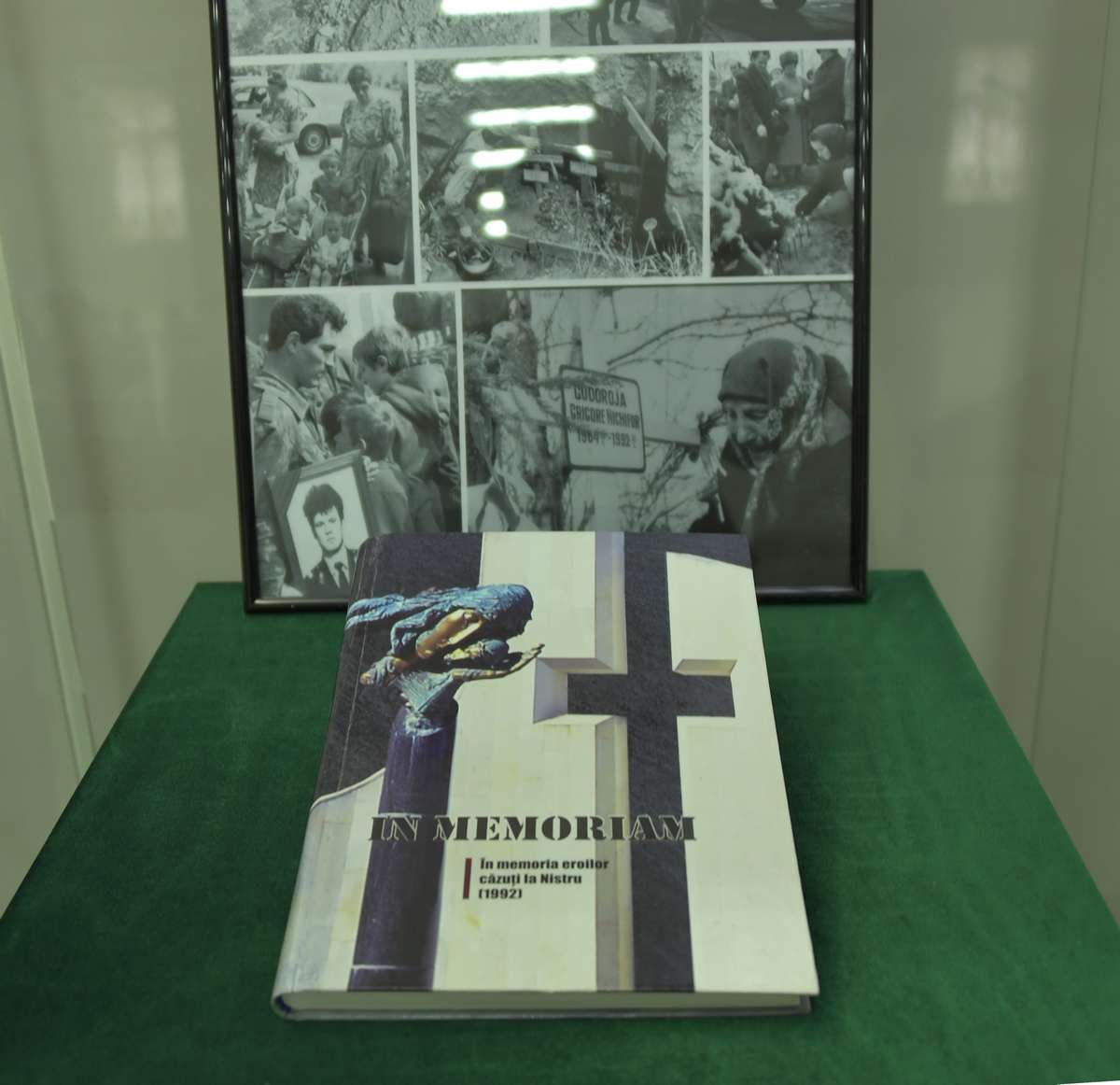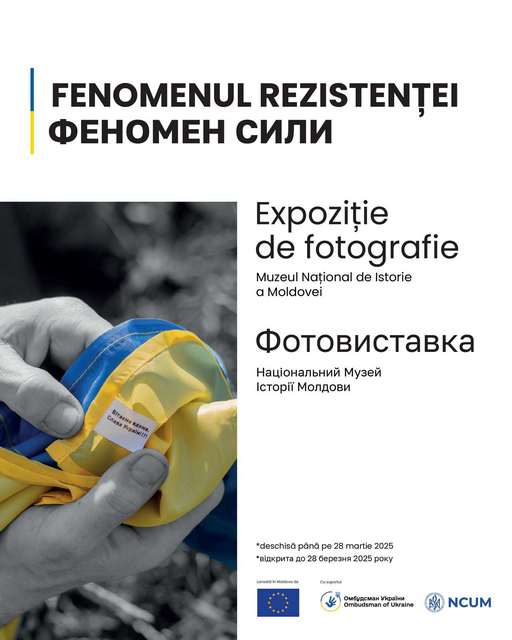  Events Archive Events Archive
Anniversary Conference „The First Ecclesiastical Magazine in the Bessarabian Space”
June 8, 2017
The Institute of History of ASM in collaboration with the National Museum of History of Moldova organized on June 8, 2017, the Anniversary Scientific Conference "The First Ecclesiastical Journal in the Bessarabian Space (150 years since the publication of the journal Kišinevskie Eparhial'nye Vedomosti)". In the opening speech, dr. hab. Elena Ploșnita, scientific secretary of the National Museum of History of Moldova, stressed the importance of celebrating 150th years of the church press in Bessarabia. The foundation of the church press in the eparchy of Chișinău and Hotin in 1867 is a cultural and spiritual event that marked the religious life of the entire diocese. The scientific conference was held in the Conference Hall of the National Museum of History of Moldova and was moderated by dr. Eugen Onicov, professor at the Academy of Orthodox Theology in Chișinău.  |
During the conference were presented scientific research papers, which included a wide range of church life issues reflected in the pages of the eparchial journal: Dr. Nicolae Fustei, The Bilingual Edition of the Journal of the Diocese of Chișinău and Hotin (1867-1871), Institute of History, ASM; Dr prof. Eugen Onicov, Information about the monasteries published in the Chișinău Diocese Bulletin, Academy of Orthodox Theology in Chișinău; dr. Diana Ețco, Studies and Research of Archbishop Dimitrie Sulima published in the eparchial journal, Institute of History, ASM; Ana Grițco, The activity of the Balș orphanage reflected in Kišinevskie Eparhial'nye Vedomosti, National Museum of History of Moldova; Vera Serjant, The question about church chant, reflected on the pages of the KEV journal, National Museum of History of Moldova; assoc.prof. Maria Danilov, Materials for the history of the Bessarabian Diocese published by A. Stadnițchi on the pages of the Eparchial Bulletin of Chișinău, Institute of History, AȘM.  |
Dr. Nicolae Fustei, mentioned that the eparchial journal Kišinevskie Eparchial'nye Vedomosti (Bulletin of the Diocese of Chișinău) was founded by the decree of the Holy Synod of the Russian Church of February 17, 1867. The first issue of the magazine dates back to 1867. This is the second official publication of the province (the first Bessarabian periodical is Bessarabskie Oblastnye Vedomosti, edited since 1854). The bilingual edition of the bulletin of the Diocese of Chișinău and Hotin was published "in Russian and Moldavian language" during four years (1867-1871), but the bilingualism was actually respected in the first two years of publication only, the Romanian version of the bulletin being gradually abandoned. The content of the journal was established up by the teachers of the Theological Seminary and consisted of two parts: one official and another unofficial part. The official one was strictly reserved for the imperial administration's decisions on church life: Circulars of local diocesan leadership. The unofficial one contained various statistics on the eparchy's history; texts-interpretations of the Holy Scripture and the work of the Holy Fathers of the Orthodox Church; various "teachings" for sermons, ethnographic and archeological materials, literature, or folklore. The articles published on the pages of the journal had a rather scientific character from the very first numbers.At the end of the event, assoc.prof. Silvia Grossu, Faculty of Journalism and Communication Sciences, SUM, on behalf of "Metropolitan Gurie Grosu" association, offered a book donation to the National Museum of History of Moldova- „Mitropolitul Gurie - operă zidită în destinul Basarabiei" (Metropolitan Gurie - masterpiece built in the destiny of Bessarabia). An edition coordinated by Silvia Grosu which appeared in 2016 at Epigraf Publishing House (320 P). Being one of the most distinguished Bessarabian personalities, Metropolitan Gurie Grosu published in the years 1902-1917 numerous materials of historical, moral, religious and missionary character on the pages of the eparchial journal.
|















































